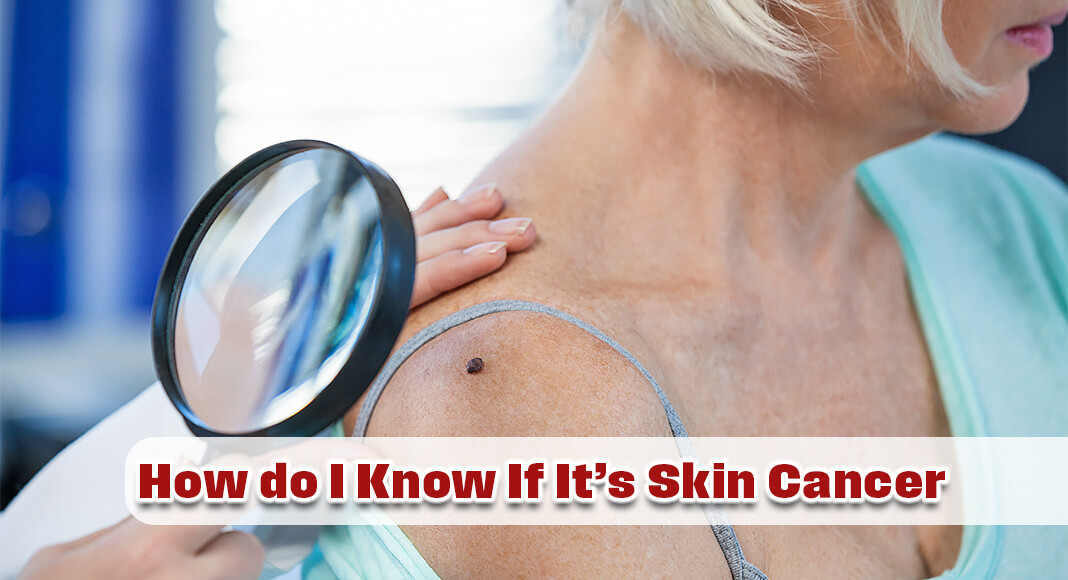
Texas Border Business
Normal Moles – Normal moles are usually one color: brown, tan or pink. They are smaller than a quarter inch, rounded in shape and are flat or slightly raised. Benign moles do not change in shape or color. There is no such thing as benign skin cancer, however, moles are sometimes referred to as benign skin tumors.
Squamous Cell Carcinoma – A type of cancer affecting the top layer of the epidermis. It typically appears as a firm, red nodule with a rough scaly feel. It can hurt, bleed or form a crust.
Basal Cell Carcinoma – A type of cancer affecting the round cells under the squamous cells. Basal skin cancer on the face, ear or neck, typically appears as a small, smooth bump with a pearly or waxy feel. On the arms, legs or torso, it is typically flat, pink, red or brown and has a rough feel.
Melanoma – The most serious, but rarer, skin cancer type. It affects the cells that make melanin that are found in the lower part of the epidermis. It is the most serious because this type of cancer tends to spread to other vital organs. Melanoma pictures often appear as brown patches or bumps. They have an irregular shape and color throughout.
| To remember skin cancer symptoms, remember the ABCD rule: |
| A – Asymmetry. A mole with irregular shape. |
| B – Border. A mole with blurry or irregularly shaped edges. |
| C – Color. A mole with more than one color. |
| D – Diameter. A mole that is larger than a pencil eraser, about 6 millimeters. |
| E – Evolution. A mole that is growing and changing in shape or color. |
If you are worried about a suspicious mole on your skin, it’s time to contact your doctor.
Moles, markings and freckles are normal and often not a cause for concern. However, skin cancer is the most common cancer in the United States. An important part of skin health awareness includes knowing the difference between benign and cancerous moles as well as different skin cancer types.
Sources: The Centers for Disease Control and Prevention; American Cancer Society via South Texas Health System








